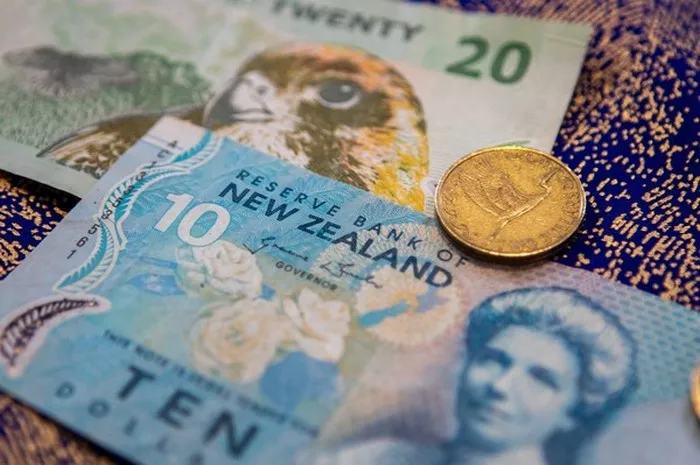In early Asian trading on Monday, the AUD/USD continued to rise. S&P Global PMI data was mixed, with a fall in the U.S. dollar supporting AUD/USD gains. AUD/USD is currently trading around 0.6583, down 0.08% on the day.
The U.S. S&P Global Composite Purchasing Managers’ Index for November was unchanged at 50.7 on Friday, compared with expectations for 50.4. At the same time, the services purchasing managers index rose to 50.8 in November from 50.6 in October, which was stronger than the expected value of 50.4. The manufacturing PMI fell to 49.4 from 50.0, below expectations of 49.8. Economists expect overall economic growth to slow sharply this quarter as the lagged effects of the Federal Reserve’s interest rate hikes begin to have a greater impact. The market believes the Fed will not raise interest rates in December and expects four rate cuts from the Fed in May 2024. This in turn weighs on the US dollar, acting as a “tailwind” for the AUD/USD pair.
In the Australian dollar, the Reserve Bank of Australia’s hawkish stance boosted the Australian dollar (AUD). Reserve Bank of Australia Governor Bullock said tightening monetary policy was an appropriate response to demand-driven inflation.
In addition, the optimistic outlook that the Chinese government will continue to support the real estate industry has also boosted investor confidence. In other words, a positive outlook for China’s economy still boosts the Australian dollar, China’s proxy currency.
Market participants will be focused on Australian retail sales, a speech by Reserve Bank of Australia Governor Bullock and the October Consumer Price Index (CPI). In the U.S., U.S. housing data, consumer confidence index, gross domestic product and ISM manufacturing purchasing managers index will be released.


